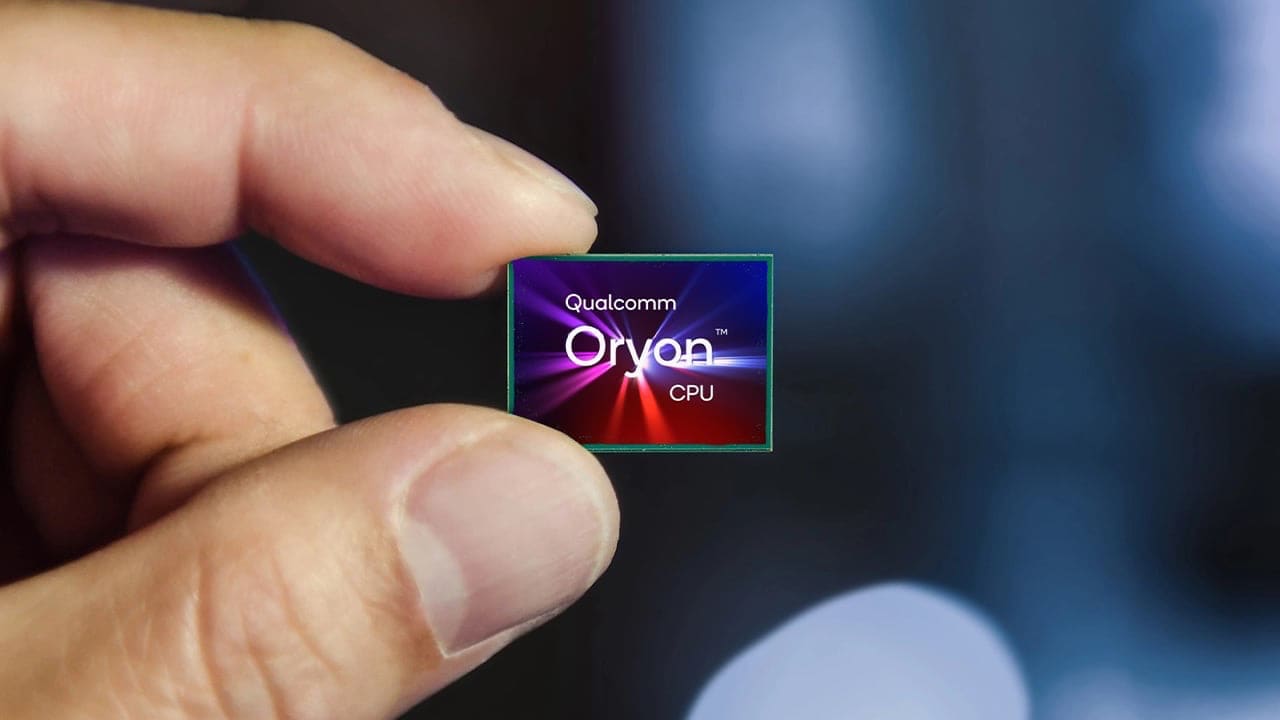
Qualcomm’s new Snapdragon X Elite CPU, code-named Oryon, could open the door to some impressive performance in Windows on ARM laptops.
Before Apple Silicon, ARM was generally regarded as a processor family that sacrificed performance for efficiency. Though it outsold x86 by a factor of around 1000, it was barely mentioned because, for the most part, an ARM processor was an ARM processor.
As ARM advanced its architecture to start incorporating hardware floating point units and later vector compute units, added 64-bit memory addressing, and GPUs, it started getting some attention. Companies such as Amazon and Google began developing custom ARM processors for their cloud data centers. Ampere famously developed a datacenter-optimized ARM processor with a core count to make AMD fans jealous. Fujitsu developed an in-house ARM design that formed the heart of the Fugaku supercomputer that retained the top spot in the world for five full years until finally outdone by the Cray/AMD Frontier and the nVidia 4-African elephant-sized GPU.
Of course, none of these are viable for personal computing due to price, volume, design, and features. None were designed with personal computing in mind.
When Apple introduced its first Apple Silicon, it was also the first ARM processor intended for use in a personal computer, fabricated at the semiconductor world leader in volume and technology. It also left Intel in the dust after Intel tripped over its ego and fell flat on its face.
While Apple Silicon doesn't hold a candle to the likes of a 64-core AMD ThreadRipper teamed with one (or four) Quadros, try stuffing that beast into a laptop, never mind running it on battery. With a huge battery, it might run for long enough to boot a Linux kernel.
Apple Silicon, however, can run on battery without throttling and still deliver a solid day's work, even doing relatively heavy tasks like editing video for an entire workday.
With that ecosystem, Apple clarified that ARM can do well in a personal computer and, even in some niches, compete with the stalwart x86.
When Apple's chief architect left Apple, he started Nuvia, which Qualcomm later acquired and since then has been running mainly under the radar. Now, four years later, Qualcomm is getting the Snapdragon X Elite, code-named Oryon, ready for market later this year, with an unveiling event last October. The benchmarks Qualcomm has released are impressive.
The Snapdragon X Elite has 12 single-threaded performance cores, an integrated DirectX 12.1 GPU, and a Qualcomm Hexagon AI inference processor and is manufactured in a TSMC N4 4nm fab.
Some early benchmarks show awe-inspiring performance from the Oryon.
That's promising, but performance is one of many impediments that have held back earlier ARM designs in the personal computing world. The other impediment has been software; the x86 translation overhead has not be kind to the already tepid performance ARM processors previously used for ultramobile Windows machines.
That might finally be changing also. Recently, Chrome commits started showing native builds for Windows on ARM. While Chrome is but one application, it's reinvigorated hopes that Microsoft is taking the Oryon as seriously as Qualcomm is, as well as Qualcomm's not yet disclosed OEM partners. The laptop designs Qualcomm demoed were anonymous but definitely premium, and the processor boasts some seriously premium features like PCIx4 and support for dual 120 Hz 4K displays, HDR10, H.264, HEVC, VP9, and even AV1 decoding.
The preliminary benchmarks look promising and competitive even if not leading the current mobile lineups. How well they'll fare by the time they come to market remains to be seen, but for the first Nuvia green field personal computing ARM processors, the Snapdragon X Elite looks like a serious contender.
Premium Snapdragon X Elite laptops are due to start shipping in another few months, hopefully with enough ARM native software to sing and give Intel, AMD, and Apple all some stiff competition to spice things up in the personal computing market and putting Windows on ARM front and center in the marketplace.
Tags: Technology CPUs


Comments